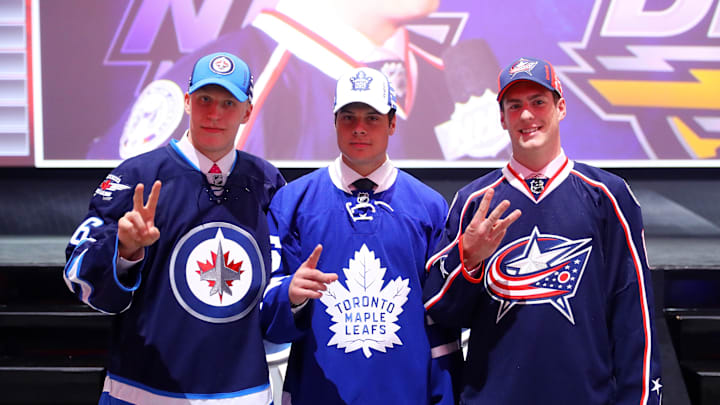Conclusion
I mentioned this before but in a draft following a tank year, where you have 11 picks, you should be able to get at least a few impact players.
The goal would be to set your team up with players that will help supplement your budding core and help fill out your depth for much of the next decade. Unfortunately, this did not happen for the Leafs.
Of course the first overall Auston Matthews is a franchise player but outside of him, there has not been much to show for. Grundstrom was a piece in the Jake Muzzin trade but even he has not been much more than a fourth line player at the NHL level.
Joseph Woll looks very promising as a potential starter but even in his case there is some uncertainty. He has less than half a season’s worth of games under his belt and it should not shock anyone if he does not pan out longterm.
Outside of those three, nobody appears to have a guaranteed NHL job going forward with only two of the 11 picks having played over 50 NHL games.
In hindsight, the 2016 draft was a pretty colossal failure outside of the first overall pick and even at the time there were warning signs.
An over reliance on size and overage players as well as a few reaches seems to be the most glaring issues. Aside from that, a lack of swings for potential hurt the Leafs chances of coming out of the draft with steals. (stats and info from from nhl.com, capfriendly.com and hockeydb.com).
This lack of NHL talent extracted from the draft forced the team to sign free agents and make trades to fill out their roster, setting the Leafs back years and has harmed the team a great deal.
